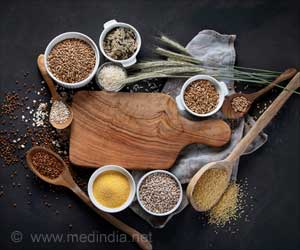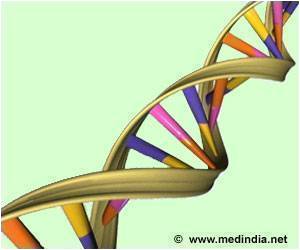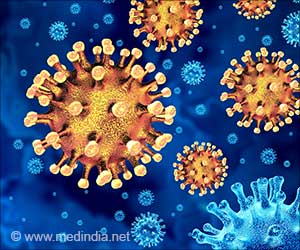Maharashtra, is the richest state in India and wealthier than the nation as a whole based on the wealth index. But it also suffers from poor healthcare.
Maharashtra in western India is supposedly a rich state. The country’s commercial metropolis Mumbai is its capital, and the state is wealthier than the nation as a whole according to the wealth index. But it also suffers from poor healthcare.
Suicide by farmers in the Vidharba region merits only a casual mention in newspapers these days. It has become so commonplace.And now comes the news that persistent malnutrition and widespread anaemia plague both children and adults in the state.
More than two out of five children, about 46 per cent under five years, are stunted. One in five children (17 per cent) is wasted and 37 per cent children under the age of five are underweight, according to the Maharashtra State report of the 2005-06 National Family Health Survey (NFHS-3) released recently.
It is not only children who suffer malnutrition. A significant number of adults in the State are too thin. About 36 per cent of women and 34 per cent of men are underweight. In contrast 15 per cent women and 12 per cent men report obesity.
Anaemia in India is primarily linked to poor nutrition and nearly half (48 per cent) of women in Maharashtra are anaemic. More than half of the women who are pregnant or breastfeeding are anaemic. Anaemia levels in men are still high at 17 per cent. Among children between 6 and 59 months, 63 per cent are anaemic.
The marriage age is low and the median age at first marriage for women is 17.8 years. Early marriage continues to be prevalent, and 39 per cent of women get married before the legal minimum age of 18. Teenage fertility still remains a concern and it has health implications for women.
Advertisement
More than one in 10 rural women did not receive any ante natal care. For the first time, the survey measured HIV prevalence at the national level and for selected States. The NFHS 3 survey found the HIV prevalence rate for India as a whole to be 0.28 per cent among people aged 15 to 49, much lower than expected, and the findings have resulted in the government and international agencies reducing the official estimate of persons living with HIV in India from more than 5 million to 2.45 million.
On a somewhat brighter side, fertility is low in Maharashtra and it has reached replacement level at 2.1 children, says Prof. Kamla Gupta, senior faculty, International Institute for Population Sciences and senior coordinator of the research.
Infant mortality is also much lower than in the country as a whole with 38 deaths per 1000 live births. However, the perinatal mortality (early infant deaths in the first week of life) is estimated at 36 deaths per 1000 pregnancies, especially in the rural areas, which is high.
Source-Medindia
GPL/L









